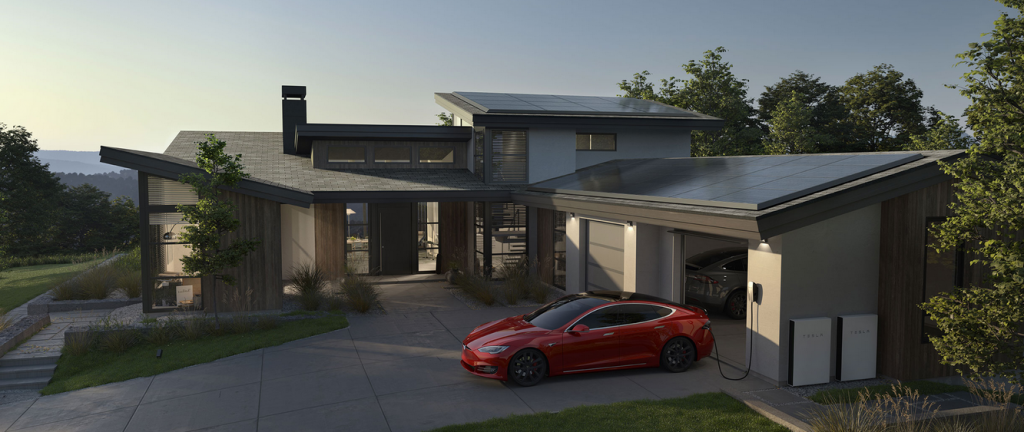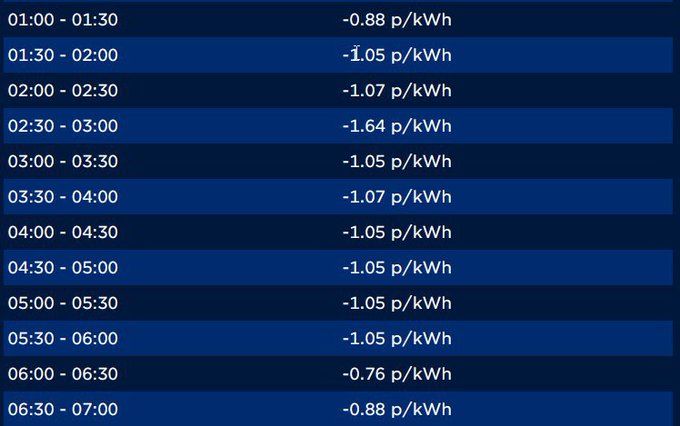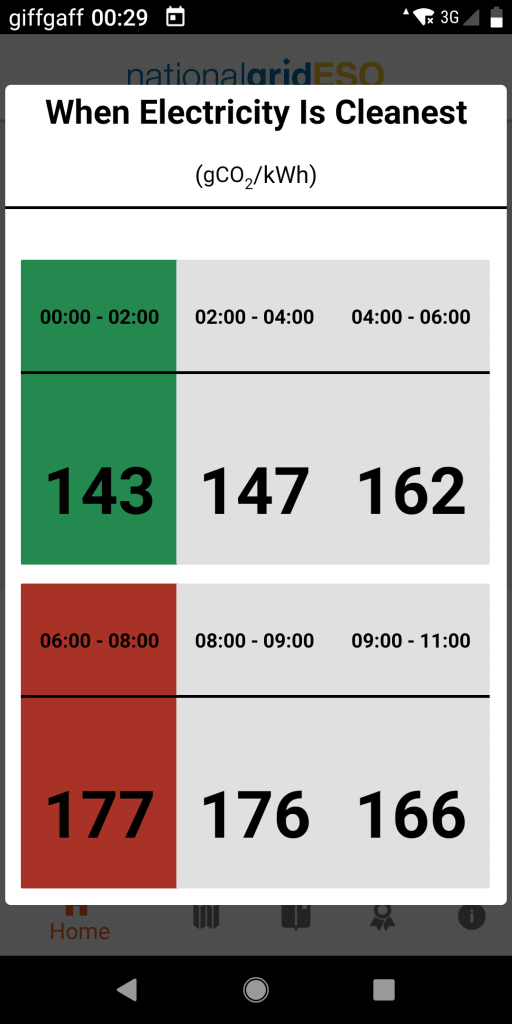Updated on 2022-02-23 by Adam Hardy
Houston we have a problem. It turns out that all those climate deniers who didn’t want us to invest in renewable energy were right – you can’t make electricity when the wind’s not blowing or the sun’s not shining.
Actually the problem at the moment is the other way around. This sunny, windy weekend outside the window today is perfect for renewable energy generation, and with the UK still in lockdown, electricity demand is really low.
So as I write the UK has turned off hundreds of renewable power plants and some nuclear power stations, because the excess energy from the sun and wind would blow National Grid fuses up and down the country.

The National Grid just isn’t set up for renewables. It was built to be powered by coal with a steady continuous baseload.
But the other side of the coin is more of a challenge. How can we generate energy when demand is high but the sun and the wind won’t help? The answer is obviously not with sun or wind – maybe geothermal or hydro, but such sources are currently nowhere near adequate.
Technically nuclear power is not a renewable – it’s based on uranium that is mined, and it’s definitely not sustainable as in “circular economy” – too much radioactive waste and nowhere to put it. But it is low carbon and has a lot of fans who talk of thorium reactors or nuclear fusion. Unfortunately though we only have old school atomic power at present.
The issue is also exaggerated by the way we the end consumers use electricity over the course of a day. In the UK, we have a quaint little habit that traditionally causes peak demand every evening during the ad breaks in films when we all go to put the kettle on. But actually, it’s like that all over the world, at least it was until COVID-19 changed everything.
The key question is though, what do we do now to fill in the gaps? We need to act immediately – this is not something that can be put off.

How best can we balance renewable energy fluctuations?
- rely on natural gas to power the grid when solar and wind are out-of-action
- go all out for energy storage, storing up all that excess energy on big renewables days like today. Batteries are one way, but they are expensive and are certainly too expensive to be used by an average household – they take considerably longer than 10 years to pay for themselves. Plus they are full of nasty chemicals of dubious origin and questionable recyclability (the circular economy again). There are though new battery technologies that could make them drastically better and cheaper but these are all five years away (unless we believe Elon Musk – see the next item).
- wire up everybody’s electric cars to the grid to absorb the excess supply in their batteries (while people are at work) and to make it available again later (when everyone’s back home) – this is the approach that Tesla and Nissan are promoting (“vehicle-to-grid”).


- lastly, there’s the option to persuade electricity consumers (i.e. householders) to sign up to hour-by-hour wholesale electricity prices, where the price of electricity can go negative: you would get paid for putting your washing on. This is nothing to do with having solar panels on your roof – this is having your electricity prices fluctuate hourly and even turning negative like in this screenshot, so the more you use, the more your bill goes down:

If you aren’t an Octopus customer and you just want to reduce your carbon footprint (without getting paid for it unfortunately) you can use the UK’s National Grid ESO app (ESO is Electricity System Operator). This tells you in real time what the energy mix in the National Grid is (gas, nuclear, wind etc) and how clean it is (in grammes of CO2 per kilowatt-hour).

So what is most likely to happen? Assuming our political leaders are not fools, they should hedge their bets and go with a mixture of all of them. Who knows what the future holds?
No doubt the oil industry will have a lot to say about how versatile natural gas is, the car manufacturers could create distributed powerstations from their customers’ vehicles, and we could start seeing our smart-meters getting really smart with our home appliances configured to turn on automatically when electricity is the cheapest on the AgileOctopus tariff.
But to make this all happen faster, people have to be interested. Even if they can wash their laundry for 20p less, that is unlikely to be enough motivation. What’s needed is a carbon rationing scheme where each person receives a per capita ration (or carbon allowance or quota). If you have to buy more after using them all up, then just as with money, you quickly learn to budget more carefully.


One reply on “The Energy Storage Issue”
[…] the roll-out of a carbon-neutral economy. Many of the solutions we imagine don’t exist yet: a power grid that supplies energy when needed and not just when the sun shines or the wind blows (batteries or hydrogen?); electric vehicles that everyone can afford (a Tesla Mini?); aviation fuel […]